Osteoplasty for periodontitis

specialists

equipment

treatment
Types of bone grafting
Depending on the anatomy of the jaw, surgeons choose the appropriate type of operation.
If the defect is located in the area of the chewing teeth of the upper jaw, a sinus lift is used. This technique involves carefully displacing the floor of the maxillary sinus and filling the resulting space with bone material.

For the lower jaw, the following methods are used:
- Guided bone regeneration Provides safe restoration of bone tissue. During the operation, the doctor uses growth stimulants, which results in an increase in bone mass without the risk of complications
- Splitting of the alveolar process Used to increase the width of bones. Suitable for particularly dense bone structures, but has an increased risk of injury
- Bone augmentation for implants after cyst removal A pathological neoplasm on the upper part of the tooth root thins and destroys the bone. After its removal, the doctor strengthens the jaw, filling the voids with osteomaterial, which subsequently forms the bone
- Curie technique Used extremely rarely. Its essence lies in the use of the patient's own graft. The operation is performed for serious injuries, a special structure of the jaw and significant atrophy of bone tissue. The healing period of the bone block can reach up to six months
- Osteoplasty in the frontal zone Suitable for both upper and lower jaws. There are no special differences in execution
General information about the procedure
Selection of materials for bone grafting
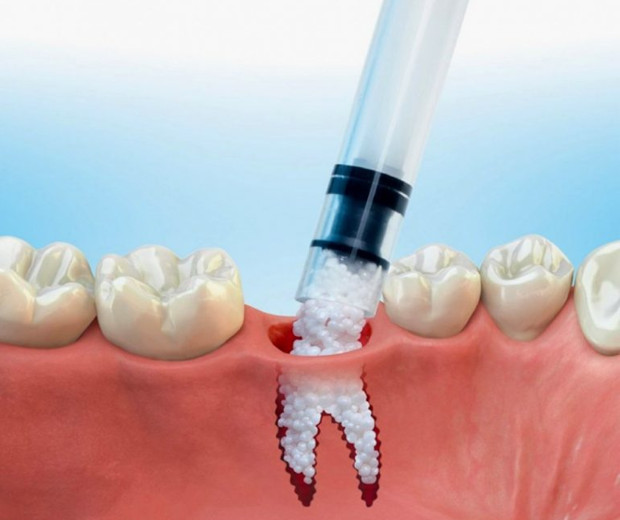
In surgery, a variety of materials are used to restore bone tissue. The most common include:
- Autogenous materials are grafts taken directly from the patient. Provide excellent biocompatibility. They are usually removed from the chin area or near the wisdom teeth. Although such materials reduce the risk of rejection, obtaining them requires additional surgery
- Allogeneic materials are donor bones, which, after special treatment, are gradually assimilated by the body, which promotes recovery
- Xenogeneic grafts are made from the bones of animals, most often cattle. They undergo special treatment, do not cause allergies and are effectively used in plastic
Sometimes synthetic materials are used, such as hydroxyapatite or calcium phosphate. They come in powder form and help minimize the risk of infection while providing adequate bone volume.
Osteoplasty during implantation
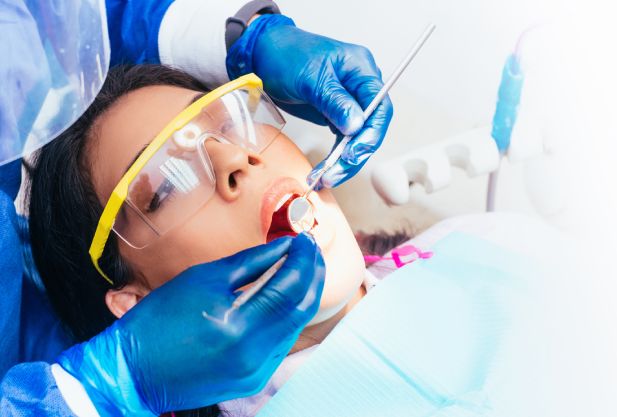
When there is not enough bone tissue to install implants, osteoplasty is used. Insufficient bone volume can be caused by trauma, tooth loss, periodontal inflammation. To create the required bone volume, the surgeon implants bone chips or synthetic substitutes, which creates a solid foundation for installing implants.
After a healing period of up to 10 days, the bone tissue fuses with the material. A healthy jaw ensures successful and long-lasting fixation of implants, excellent functionality and aesthetics of the dentition. You can discuss the prices for bone grafting during implantation at a doctor's appointment at our clinic.
Answers to popular questions
Dentists-surgeons of the K+31 clinic answered the most frequently asked questions about bone grafting.
Is it possible to perform implantation with bone grafting simultaneously?
Is it possible to place an implant without bone grafting?
What are the causes of bone tissue deficiency?
Is the procedure painful?
Why is a membrane used in bone grafting?
What brands of bone materials are used?
What materials are used for bone grafting?
Are there any contraindications for bone grafting?
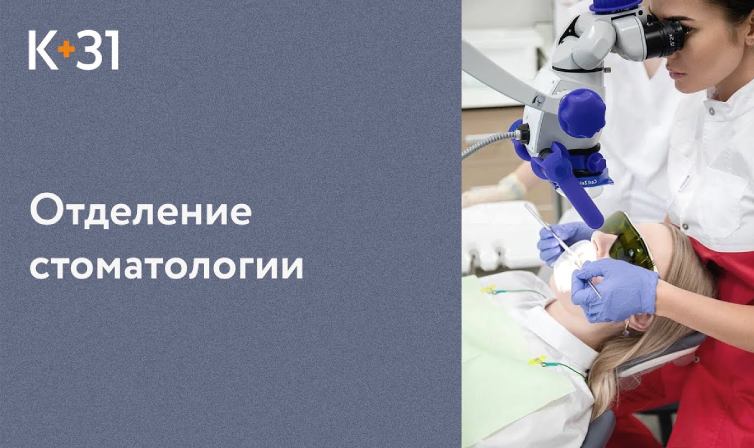
Modern methods of diagnostics and dental treatment at "K+31"
Our doctors

This award is given to clinics with the highest ratings according to user ratings, a large number of requests from this site, and in the absence of critical violations.

This award is given to clinics with the highest ratings according to user ratings. It means that the place is known, loved, and definitely worth visiting.

The ProDoctors portal collected 500 thousand reviews, compiled a rating of doctors based on them and awarded the best. We are proud that our doctors are among those awarded.
Make an appointment at a convenient time on the nearest date
Price
Other Services








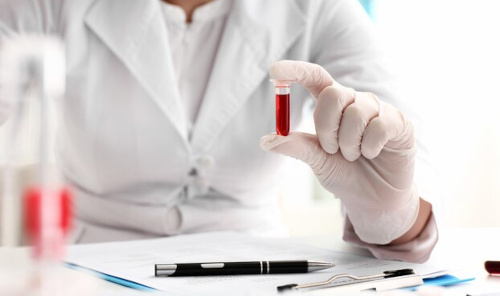
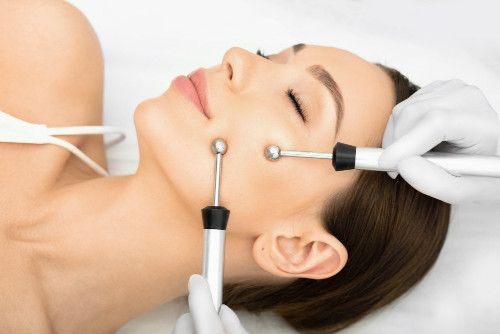
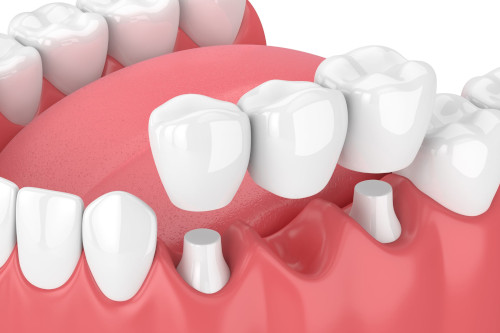
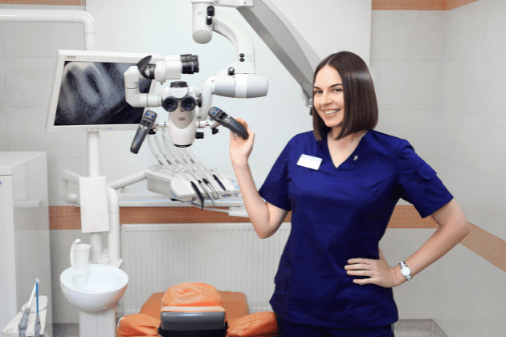
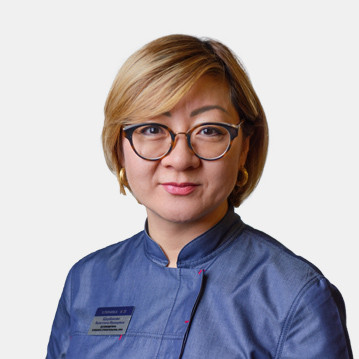
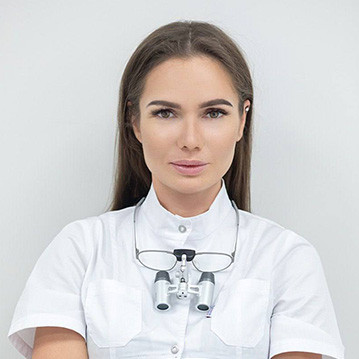

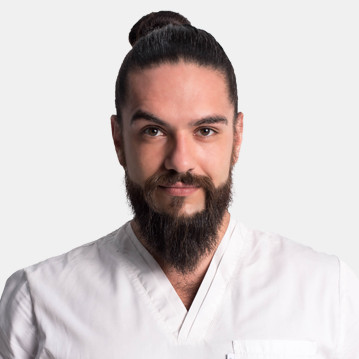
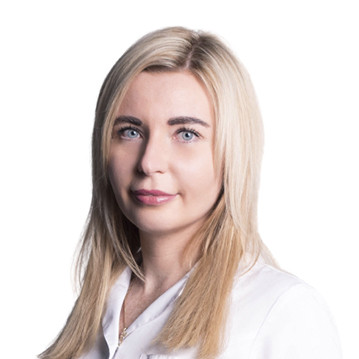
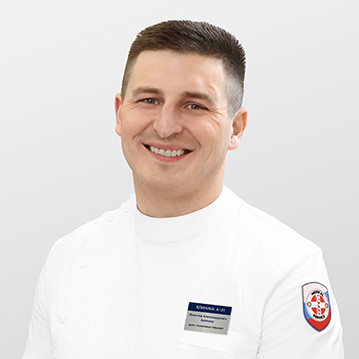
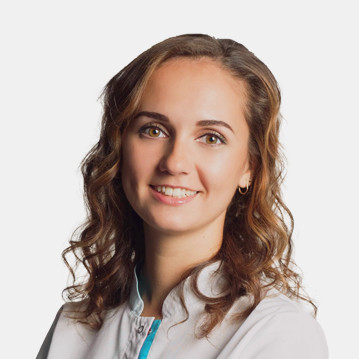

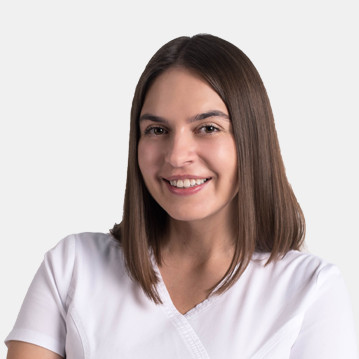
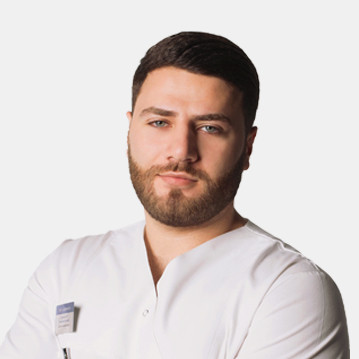

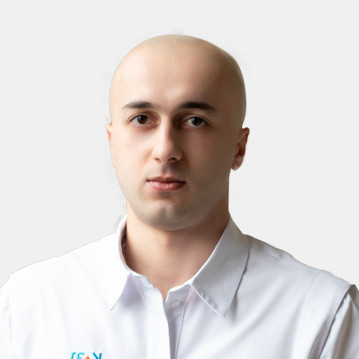
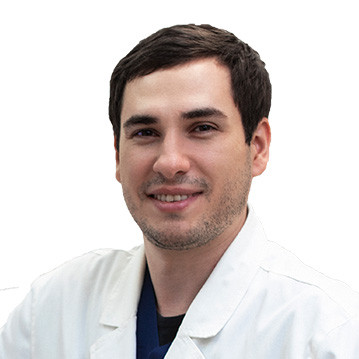

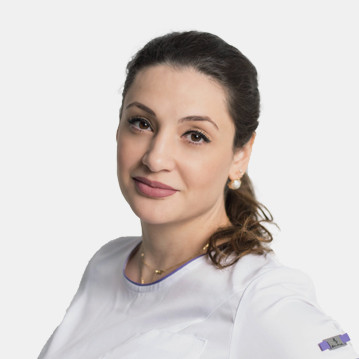
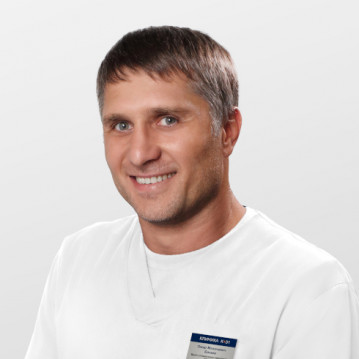
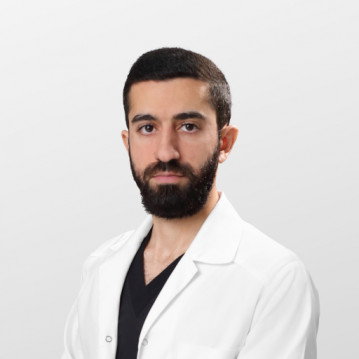
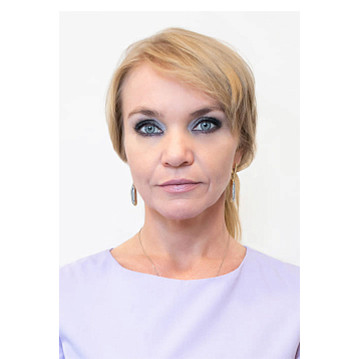

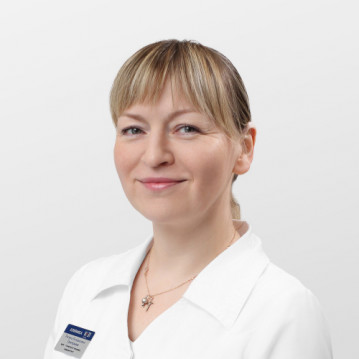
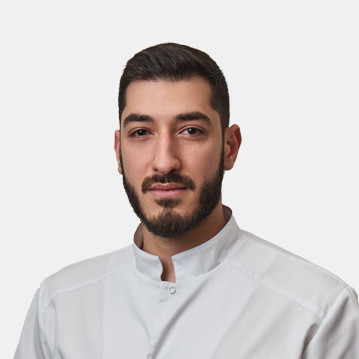


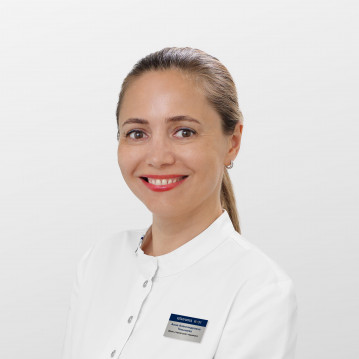

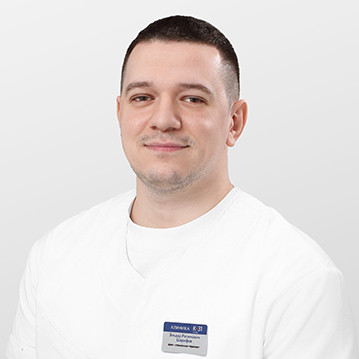
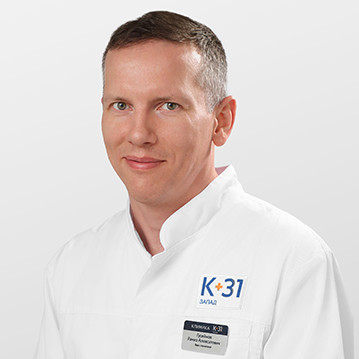
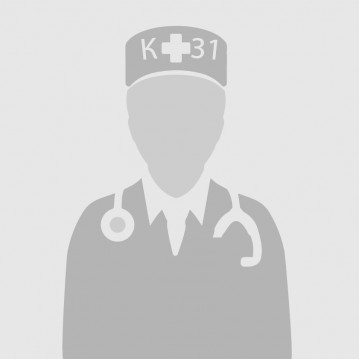
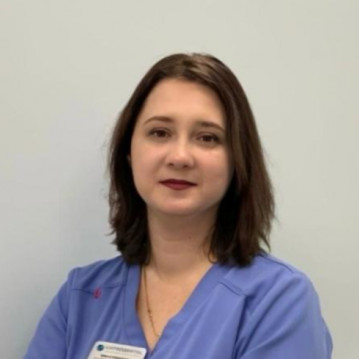
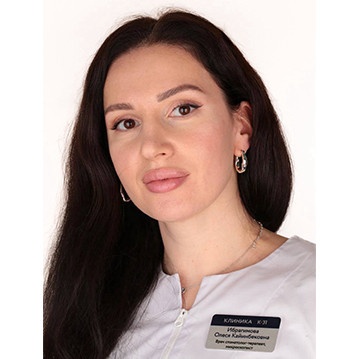
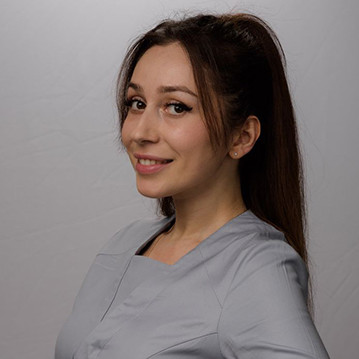


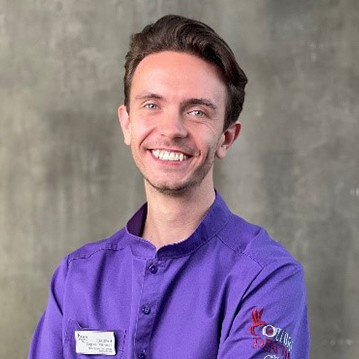
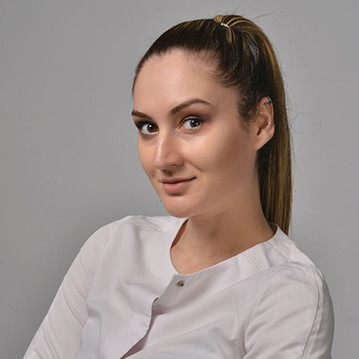

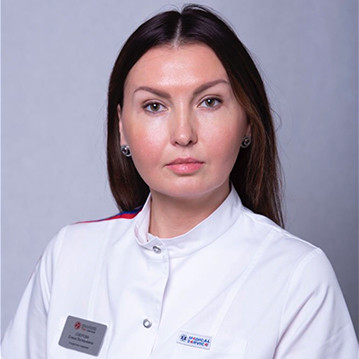

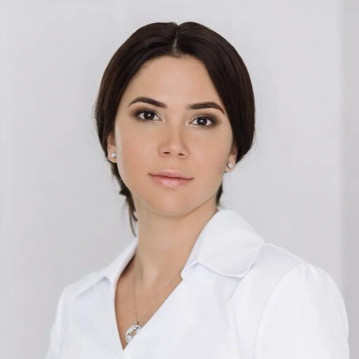







Main advantages
The main advantages of bone grafting during implantation are the rapid preparation of the bone for dental implantation. The operation provides a strong foundation for reliable fixation of implants, increases their effectiveness and durability.
In addition, bone tissue restoration helps to correct facial contours and improve the aesthetics of a smile. This effect has a positive effect on patients’ self-esteem and confidence.